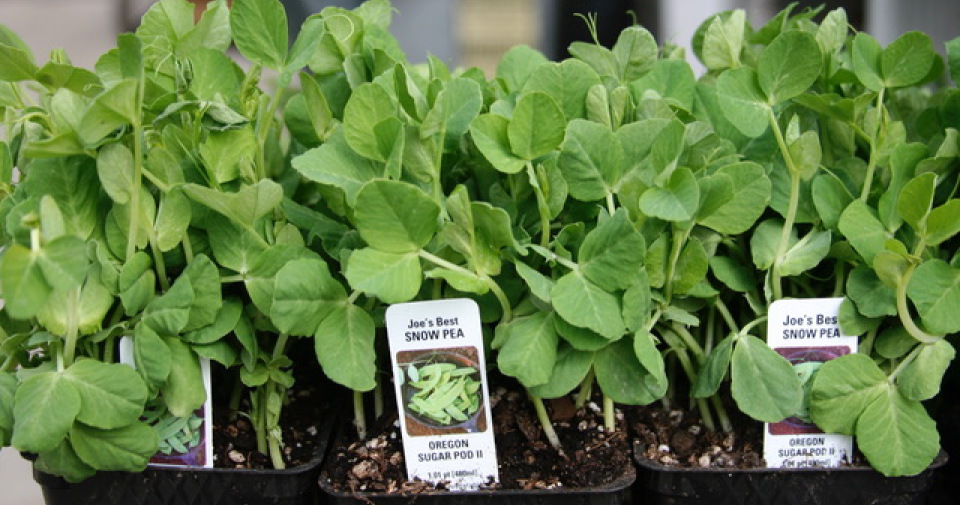Tomato Growing Tips
Joe’s Gardens has been growing tomatoes and tomato plants at our roadside farm for over 75 years. Each spring season, we have customers ask how can they grow tomatoes that taste as good as ours. This is what we tell them...
Late April is a perfect time to start planting your tomatoes; when the daytime temperatures are warming up into the 60’s and the risk of frost is low.
Start by selecting a tomato variety that best suits your growing conditions. For locations that get full sun, you can choose just about any type you would like. If your garden only gets a half day of sun or you are near the bay or higher elevations, you should choose from the many different varieties of cherry tomatoes or short season varieties like Early Girl or Oregon Spring. A tomato starter plant will give you at least a six week advantage over direct seeding. You can also grow tomatoes in large pots if you do not have a good, sunny spot in your yard. We recommend that the pot hold at least five gallons of soil.
Planting: Start by working up the soil to a depth of 8 to 12 inches with 12 inches around your planting location. Next, you should hammer in a six-foot stake in the center of your worked up soil; this will support the plant throughout its growing cycle. To have a great tomato plant, you need strong root systems. On the stalks of the tomato plant there are hundreds of future roots that look like fuzzy hair. By planting the tomato plant deeper into the soil, you are doubling the root system. Next to your six foot stake, dig a hole deep enough to bury the plant up to its lowest branches. All that is left to do is gently remove the plant from the pot and place the root ball in the hole and fill it in. As the plant grows, use twist ties to secure and support the plant to the stake. Secure the ties loosely so as not to cut into the plant.
To maintain your tomato plant, keep the soil moist and make sure to only water the surrounding ground, not the plant. Be sure to use a good vegetable fertilizer. We have great success with Nature's Source, All Natural Plant Food.
By the time your tomato plant reaches two-feet high, and if you haven't done so already, it’s time to start removing suckers. Suckers develop in the joint of the stalk and branches. They look like a small tomato plant growing out of the side of the stalk. Suckers will not bear fruit and they will only draw energy away from your tomatoes. Trimming the suckers will also allow more sunlight to reach and ripen the fruits. To help with pollination, gently tap your hand on each of the blossom clusters. We use a vibrating toothbrush to pollinate the plants in our greenhouse.
By late summer, hopefully you have enjoyed the fruits of your labor and you can’t wait for the next tomatoes to ripen. The days are getting shorter, the nights are cooler and the deadly fall blight is in the air. The fall blight has not been problematic in the past, but with the expansion of commercial potato farms in the county, it has become a real issue in our area. As cool misty air rolls down from Canada it picks up the blight spores from the potato fields and deposits them in your garden. We’ve seen tomato plants turn black and drop all of its fruit in under 24 hours after a heavy dew. There are sprays that you can use to protect your plant from the blight but we prefer a more natural solution. At dusk or later, you can pull a large black plastic bag over your plant to protect it, then remove it in the morning. This will keep the dew from settling on your plant and hopefully spare it from the blight.
In late September our first frost arrives, so it’s time to harvest your remaining tomatoes. The best way to do this is to leave the fruit on the vine and cut the vine off below the lowest fruit. Hang the tomato plant upside down in your garage and the remaining tomatoes will ripen over the next few months. Enjoy!
Joe's Gardens
3110 Taylor Avenue
Bellingham, WA 98225
360-671-7639
Hours Monday-Saturday 9am-5:30pm, Sunday 9am-5pm


